How to cut new car depreciation in half (dead easy)
Depreciation is such an insidious, covert car-ownership cost. Here are some tips for kicking depreciation’s arse now and in the future…
You buy a new car. It depreciates. It’s like throwing a $50 bill out the window every few days. And you get nothing back and your car costs less.
The truly insidious thing about depreciation is the way it attacks covertly. You don’t pay it until the end, when your knuckles are white and you’re waiting for the sales dude to come back with his (markedly shit) trade-in offer. You know you’re about to get bent over, and the question is: ‘How hard?
If you had to pay your depreciation once a week, perhaps in cash, at the post office (like, if some arsehole made that was a law) new car sales would plummet over the perceived injustice.
So, I’ve got three tips for you that will cut the depreciation you pay in half - inspired by a somewhat disappointed dude named Laurie Howell, who’s one of us. One of you - whatever.
"In 2017, partly on the strength of your reviews, we bought a Kia Sorento. It is a wonderful car - silent, economical, packed with features, comfortable and with enough power to do what you want.
However, I recently saw an ad for a second-hand Sorento of the same spec and similar kilometres to ours and noted that it was selling at approximately 60% of what ours cost new.
A quick check of other ads, and some Googling has revealed that the Sorento has one of the highest depreciation rates around - interestingly exceeded only by the CX-9.
Dude, ads are a crap way to research prices and values of vehicles - they’re all over the place. Dealers build in huge margins for negotiations on used cars, private sellers typically have completely unrealistic expectations as to the value of their particular shitheap, they all skew the results.
Analysis has to be underpinned by solid, actual data. I use Redbook.com.au for this here in Australia, and it’s a consistently updated source of decent data. It might be optimistic from time to time, but at least it’s free and consistently optimitic, and you can check the field relative to other entrants in a more robust way.
"What is behind this high depreciation rate? Has the 7 seater SUV bubble burst? It certainly doesn't seem to be anything about the car itself - in fact if you want a roomy, comfortable SUV, a second hand Sorento or CX9 would have to be a good buy I would think.
Also, with such a high depreciation rate ($130 per week by my estimation) would we have been better off leasing the vehicle?"
- Laurie Howell
We’ll look at the data in detail, but no - no bubble bursting there, with seven-seat SUVs.
You have to remember, used car values are underpinned by supply and demand. In fact there’s a bubble in used cars generally at the moment. COVID-19 has caused many new car supply shortages, and that’s reduced the supply of late-model used cars in the market, because trade-ins (associated with those new cars people are waiting for) are delayed, which has ramped up the value of whatever used cars are available right now.
Also, leasing is not a hedge against depreciation, unless you jump into one of those ‘guaranteed future value’ deals with a manufacturer, and those are often completely extortionate in terms of the other aspects (terms and conditions) of the finance contract. There’s no free lunch on depreciation, and you cannot beat it with finance.
Let’s crunch the numbers in this report.
At the risk of trying to be objective about this and actually getting good data, I went to Redbook.com.au and spent an hour researching seven different 7-seat SUVs from the mainstream brands, and included an Audi Q7 as well.
I’ve chosen the top-of-the-range models because generally they’re the most popular (second-hand) and will attract the highest resale value, but you’re welcome to go to Redbook and put in your respective applicable make and model, and its competitors.
In case your eyes aren’t as good as they once were, we’ve got:
Kia Sorento GT diesel
Hyundai Santa Fe Highlander diesel
Mazda CX-9 Azami AWD
Nissan Pathfinder Ti AWD…and while we’re talking about the Pathfinder, we’d better do this…
Hold that thought…
Let’s deal briefly with this dude and his Pathfinder problem:
“We are looking at a second hand 7 seat suv we looked at a 2015 Nissan parthfinder it is a fwd we liked the v6 was a very smooth and had good mid range take of. This car will be a run around for the wife. We have a buget of 25g should we try and find a awd parthfinder or should we just get the fwd thank you John I did also email you last week on your web site haven’t hurd anything from you yet”
-Cameron
It may interest you to know I haven’t the inclination nor the time to edit inbound messages. Sometimes I find them hilarious, other times sad, sometimes both. Therefore:
If you’re a young person (or have your own young people eating you out of home), there is a great deal of talk in the world right now about equity and privilege.
It seems to me that one discussion we’re not having is that the world rewards disproportionately the most intelligent, articulate and highly-educated people and we’re all in this race in the developed world.
You need to pay attention at school because you want to be in the front half of this pack, if possible. You need, at the very least, to be able to spell basic words, and use complete sentences competently. If you cannot do that, it’s a lifelong liability.
So pay attention.
Now, to Cameron. In my estimation, the Pathfinder is one of the market’s enduring shitheaps.
Consumer Reports repeatedly named Pathfinder one of the top 20 worst cars, in 2015, and 2017, again in 2019, and even in 2020 - the year we’d like to forget. But essentially it’s the same model of Pathfinder that’s still on sale today and, as I understand, very little has changed.
Former Nissan boss Carlos Ghosn reportedly marched into the Jatco head office, metaphorically, and heads rolled regarding the dreadful reliability of the Pathfinder and other Jatco CVT transmissions - if memory serves. All the major automotive news agencies covered this event. You can Google it.
Jatco makes the Pathfinder transmission and the company is 75 per cent Nissan-owned, so it’s largely an internal problem. Every other seven-seat SUV would, seemingly, be a better choice than a Pathfinder.
Do not do this to yourself. You don’t deserve it.
I’m one of the very few motoring journalists out there who tries to help ordinary punters. I make myself available for this, and I spend more than one day every week personally responding to this and that, getting nothing out of it (except a warm fuzzy feeling that journalism can be a vector for good, and not just evil).
But the sheer volume of inbound communications means I just don’t get to everybody and I have to triage and prioritise mission-critical enquiries because I have mouths to feed and mortgages to pay etc. If I do not get to you, I’m sorry about that, but it’s kinda unavoidable.
…Where were we?
With Nissan hating me all over again for telling the truth about their product, let’s crack on.
Next, we have the Mitsubishi Pajero Sport Exceed, which I admit is not the same as the other 7-seat SUVs, but it’s another good data point despite being a heavy towing platform with hardcore off-road drivetrain. Great value too.
There’s the Toyota Kluger Grande AWD in case you want to drive a lounge room all around the country.
And the Audi Q7 Quattro (auto).
I’ve taken the recommended retail costs of each vehicle, so that would be excluding on-road costs because they vary dealer to dealer and because state-based charges vary too.
There are two ways to dispose of your old vehicle, either trading it in, or selling privately. Vehicles worth about 60k on the showroom floor three years ago, there’s about a $6000 difference if you’re prepared to cop the inconvenience and sell privately.
Trading in it’s about a 60% retained value, which is broadly in-line with pretty much all these 7-seaters here, and as much as 70% selling privately. It shows there isn’t some black hole Sorento’s resale value has fallen into.
The worst performer here is Santa Fe H diesel (2017) which is probably because Hyundai changed the shape in 2019 and the new one was so much better in every respect that it took the older, superseded model back in value. This happens typically with new models which are substantially better than the old one.
I suggest this will happen with the superseded Sorento because the newer one is so much better.
I expected the brand’s reputation and reliability of the Audi Q7 would make it worse in depreciation, but it is certainly is much more expensive to own per week than all the others - which you’d expect of a premium product. If you pay more upfront you’ll pay more in depreciation.
REDBOOK
These are trade-in and private prices from Redbook taking the numeric average of the range, and Redbook says its estimates are based on vehicles with average kilometres in average condition.
So if yours is low-kms and in significantly better condition you can expect to attract a somewhat higher price, but not unrealistically higher.
As a seller you have to battle against this default presumption that your vehicle is so good that it’s worth so much more than the market is prepared to pay. Ultimately, you don’t decide what it’s worth, the market does. Then you have to cop it on the chin and say, ‘fair enough’, or you can sit there seething and reluctantly pull it from sale.
FURTHER ANALISYS
The retained value you can see, broadly, across this span of vehicles there’s about a 10% greater value in selling privately, but it can be a pain in the arse.
The depreciation per week, you wouldn’t be happy handing over up to $190 per week (in the case of Pathfinder) at the post office. For some people, these costs would be higher than fuelling it up.
CHECKING FOR BUBBLES
To check for some SUV bubble and check Sorento wasn’t some anomaly in the market and was typical of other categories in the market, I’ve arbitrarily had a look at a compact small car and a medium-size SUV.
Both are popular segments and I’ve chosen premium versions of those two: the i30 SR with dual-clutch transmission with performance powerplant; and the Mazda CX-5 Akera diesel.
Both the i30 and CX-5 (about $34k and $50k brand new respectively) you can still see there’s about a mid-70 per cent retained value when selling privately or low 60 per cent retained value when traded-in.
As for the Sorento, there’s no real evidence to suggest it is a depreciation disaster, and represents the seven-seat SUVs generally, and the market more broadly.
BEAT DEPRECIATION: NEGOTIATE LIKE A BASTARD
Only a mug walks into a dealership and says, ‘Okay’ to the recommended retail price without negotiating. It’s called a dealership for a reason - you’re supposed to do a deal, right?
The best way to combat depreciation is to get the best discount you can when purchasing, which means negotiating, and you have to be a bit of a bastard.
At trade-in time nobody asks you what you paid for that car when you bought it. They only care about what it’s worth today. If you get a discount upfront, it’s reflected in the percentage of retained value.
Looking at vehicles at about this $60,000 price point, you’re also a mug if you don’t get at least $5000 off the price, based on the 60 per cent retained value. You should aim between 10-15 per cent as a discount because that’s reasonable, there’s margin to support that.
If the dealer says their RRP is X you should take off 10-15 per cent to round-down to a whole number and tell them you’re not prepared to pay more than that figure.
If you walk away with $5000 off your Sorento in 2017, look how it pumps up the retained value from 60 per cent at trade-in to 66 per cent - you’re 10 per cent better off on your trade-in off just by getting that discount upfront.
If you want to amortize that across the three years you’ve owned the car to 2020, you’d go from $150 per week to $118, which is much less shit depreciation hit. You’re about $30 per week better off either selling private or trading in.
The discount up front is critical.
LONGER OWNERSHIP
Another weapon against depreciation you can deploy is simply owning the car longer.
The quicker you turn your car around, the greater the hit you’re going to take on depreciation.
Looking at the Sorento Platinum diesel from 2015, it was $55,990 retail, and if you own it until now in 2020 (an additional two years), the retained value is going to be less, but if you look at the overall cost of depreciation per week, you’re no longer spending/destroying/discarding $100+ - you’re looking at about $92 if you sell privately for $32k.
Just two years’ longer ownership slashes depreciation.
If you negotiated hard up front and got that $5000 discount, you’re looking at an ownership cost per week of just $72 with a 63 per cent retained value if sold privately from $32k.
Based on average Australian driving distances, which is about 15,000km per year, generally, over five years, that’s 75,000km (and even if you drive more and hit 100,000km in that time) that’s still a fairly new-enough car, which is still under warranty and protected by Consumer Law, making it a valuable buy.
All you’ve gotta do is get the biggest discount you can up front and then own the car as long as you can.
WHY WORRY ABOUT DEPRECIATION?
If you’re concerned about depreciation - and you definitely should be because it’s a major ownership cost - and you are not completely afloat here at the mercy of the market, there are things you can do.
Here are the three hacks (in reverse order) you can do to bust depreciation:
3. SELL PRIVATELY:
If you sell privately, it’s going to realise, about $6000 more in my initial example above, but there are dark sides like strangers rubbing their hands all over your car, strangers visiting your house and knowing where you live and checking out all your stuff, and then having to ride with them and hopefully not kill you driving your own car.
Private selling tips: If you’re a vulnerable person, conduct the inspections at work during business daylight hours, or if you can’t do that, ask someone you know to be there with you during the inspection - perhaps an adult child, or a close friend or a neighbour you know well. Failing that, try somewhere public in the open where lots of people might be, again during the day, right in front of a business security camera, and make it on your terms - your location, your time, and arrive a few minutes late.
2. OWN LONGER:
You can just own the car longer, for another couple of years, it’s easy to do, the safety systems will still be reasonably current, the performance and reliability will be current and okay. It’s not gone full-geriatric like me yet, so that’s nice.
1. UP-FRONT DISCOUNT:
But the best way to kick depreciation’s arse is to get a big fat discount when you buy the car. It’s the only sure-fire way to guarantee dollars not-spent, right? 100 per cent of the money you don’t spend on buying the car int he first place, can be spent elsewhere, saved, invested - whatever. It’s that simple.
Just be a hard-arse when you’re buying. You can be polite, diplomatic, conversational, but you don’t have the be friends with everyone - especially not a car salesman. Be a staunch advocate for your own best interests here because cars are expensive - really expensive - and there’s nothing wrong with saying to a car salesman, “No, the maximum amount I’m prepared to pay for this car is X, take it or leave it. Do you need to go speak to your manager about the offer? If you want the sale, that’s the offer until I walk out the door.”
I realise it can be hard for some people to do this, but it’s worth breaking through that shell of conservativeness, because it’s going to save you a great deal of money in both the short and long term. A car is a thing, it costs money, it liberates you - all you have to do is pay for it. So minimise that cost for your self.










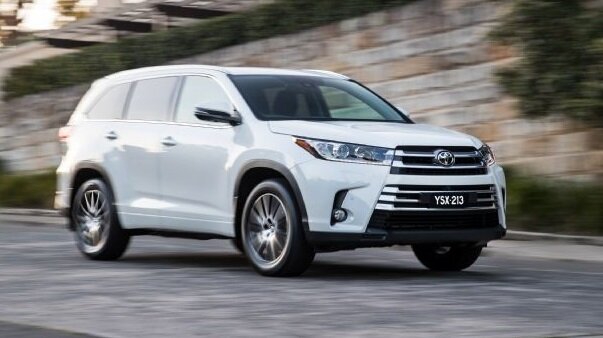
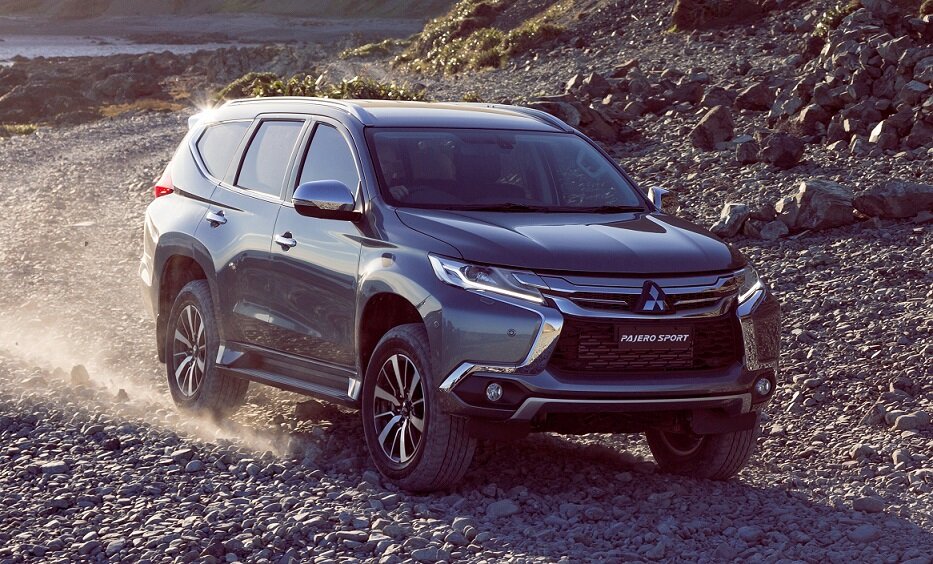
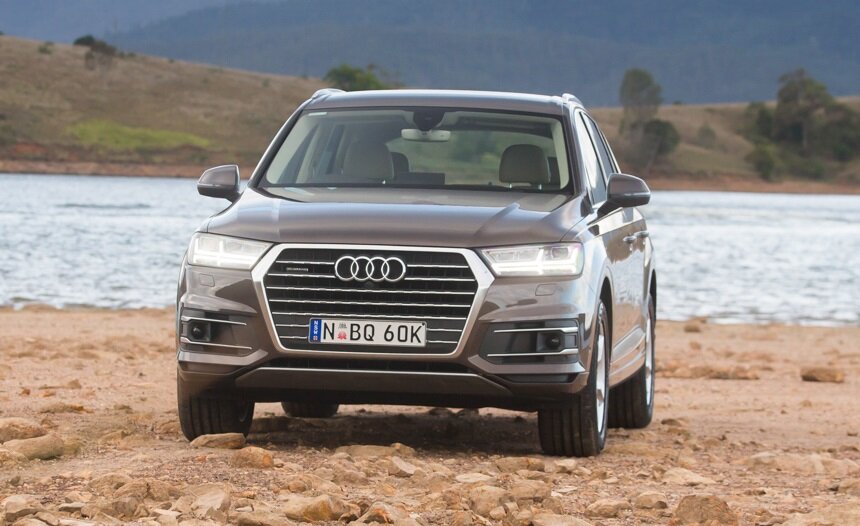

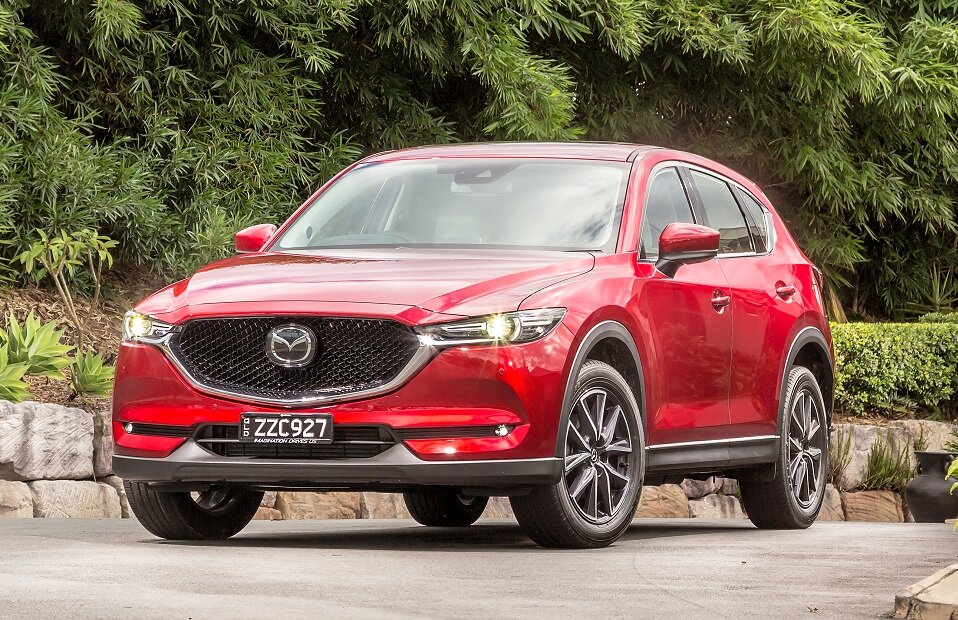
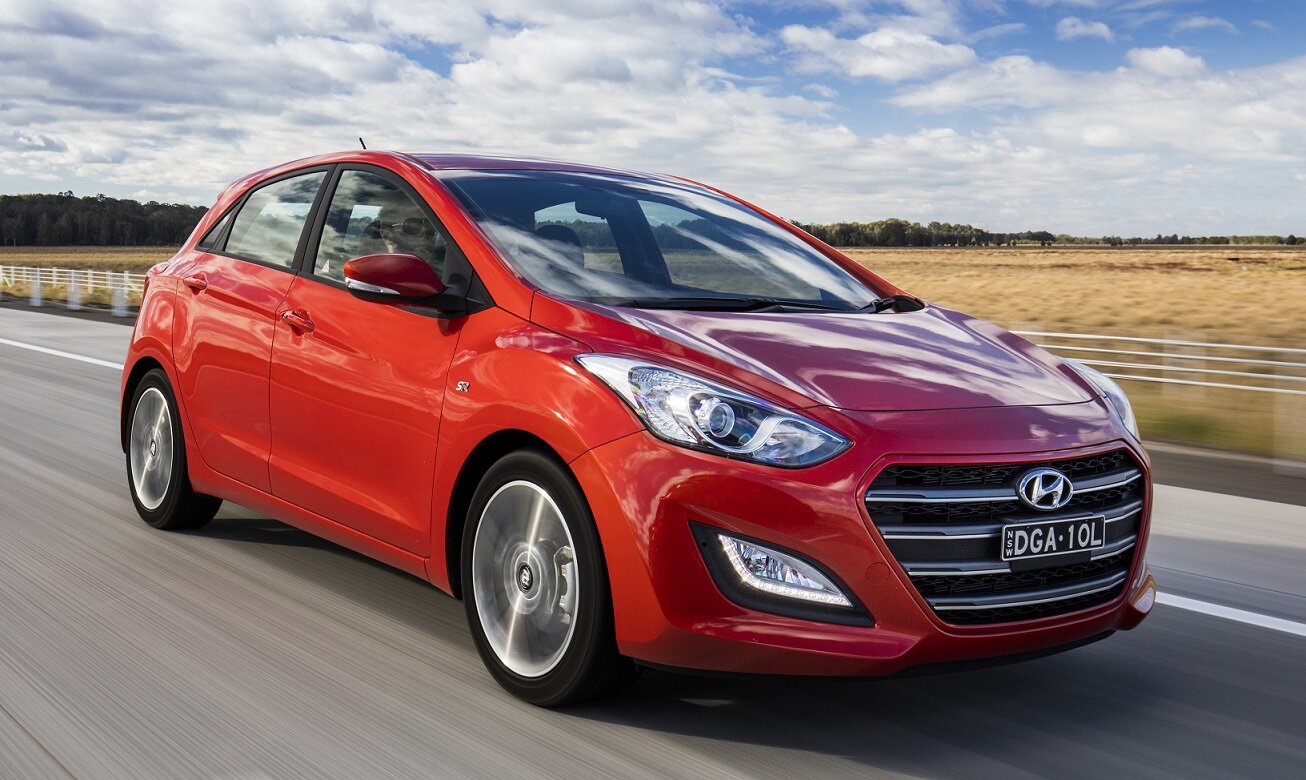














The Hyundai Palisade is a big, comfortable holiday machine for growing families and offers excellent value, generous 8-seat SUV space, and practicality on par with LandCruiser - but it’s $30K more affordable.